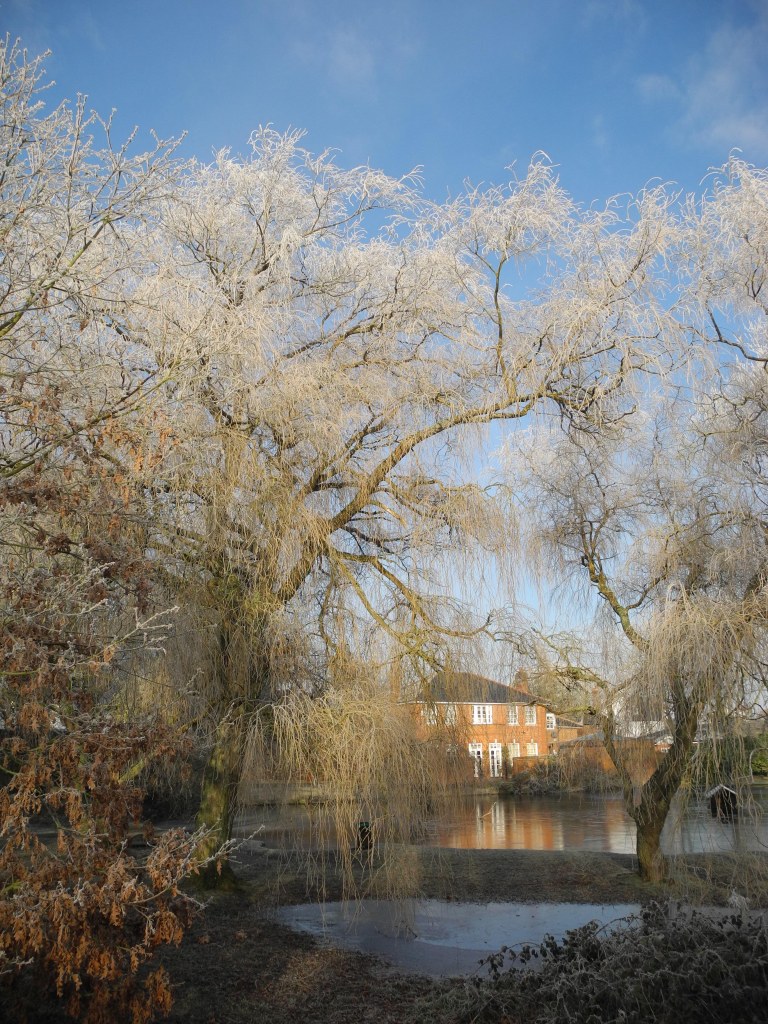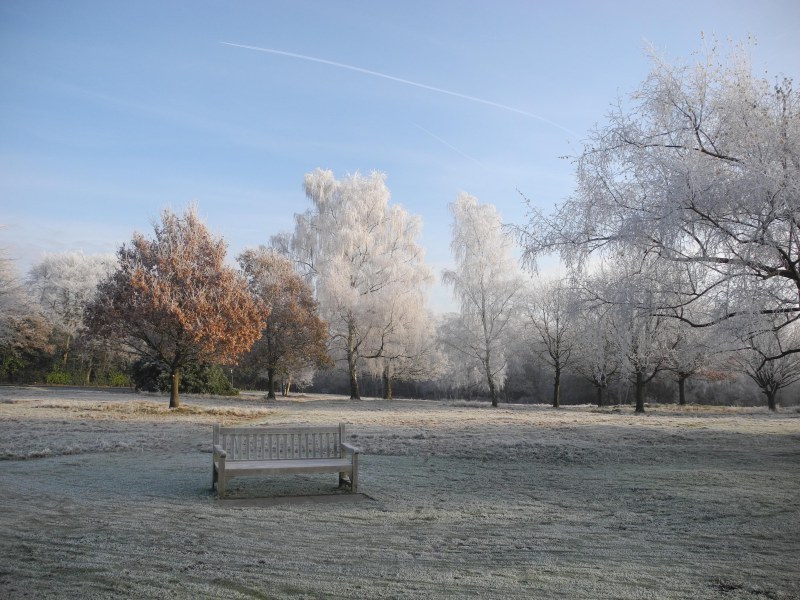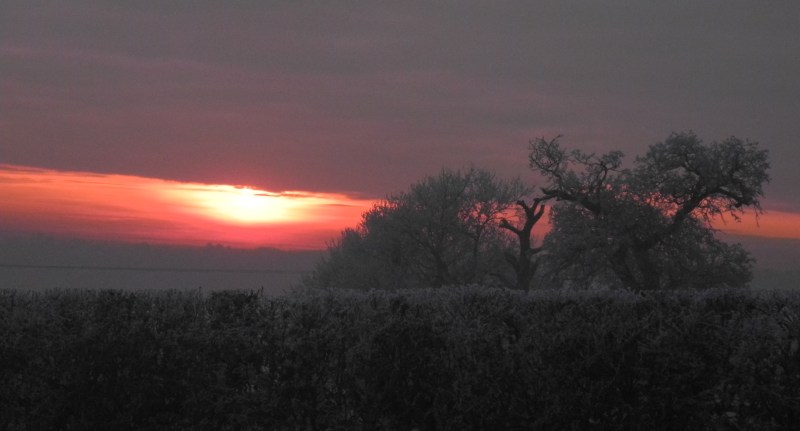High Barnet or Chipping Barnet is my home town in the North of London and is the highest point between London and York along the Great North Road. It is also the place where the Artful Dodger met Oliver twist in Dickens novel.
It is a good place for photographs with its open space, historic churches and woods.
For area map and locations – see here
This is a quick post which was based on two dog walks on either end of the day on the 12th december – which is the first time we have had a semi Haw Frost – a rare event.
All on a small compact
The morning shots were taken on Hadley Green and Common and the evening ones on the Ridgeway (road) between Potters Bar and Enfield.
Monken Hadley Common (often known locally as “Hadley Woods”, or simply “Hadley Common”) was created – as a “common” – by the 1777 Act of Parliament which enclosedIn English social and economic history, “enclosure” was the process which ended traditional rights such as mowing meadows for hay, or grazing livestock on common land formerly held in the open field system.
Once “enclosed”, these uses of the land became restricted to the owner, and it ceased to be common land. [Wikipedia] Enfield ChaseA “chase” is a hunting ground; Enfield Chase (or Chace) was a royal hunting ground..
“Commons” are generally privately owned land over which some people other than the owner exercise limited rights “in common” with the owner(s) of the land. These people are known as “commoners”, and they may, for example, have rights to graze animals, to collect firewood, or to cut turfpeat for fuel. Monken Hadley Common is unusual in that under section V of the Enfield Chace Act of 1777, 17 Geo.III c.17″17 Geo. III c.17″ identifies the Act of Parliament under which the Common was established.
It means “The 17th Act [c.17] passed during the parliamentary session that started in the 17th year of the reign of King George 3rd”, the land is not privately owned, but is held in trust for the “Commoners” – the people who still have grazing rights attached to their properties















